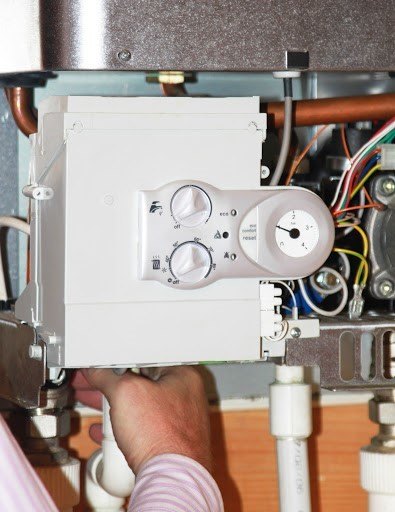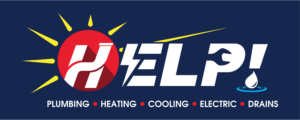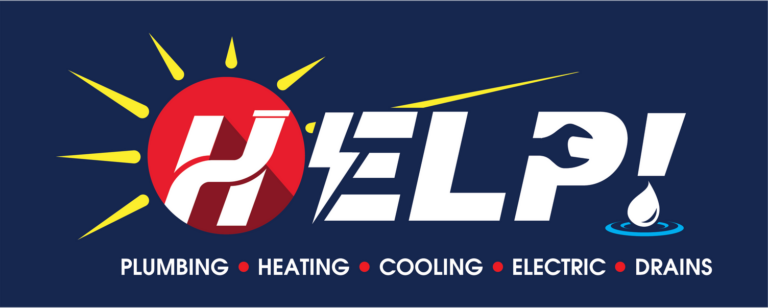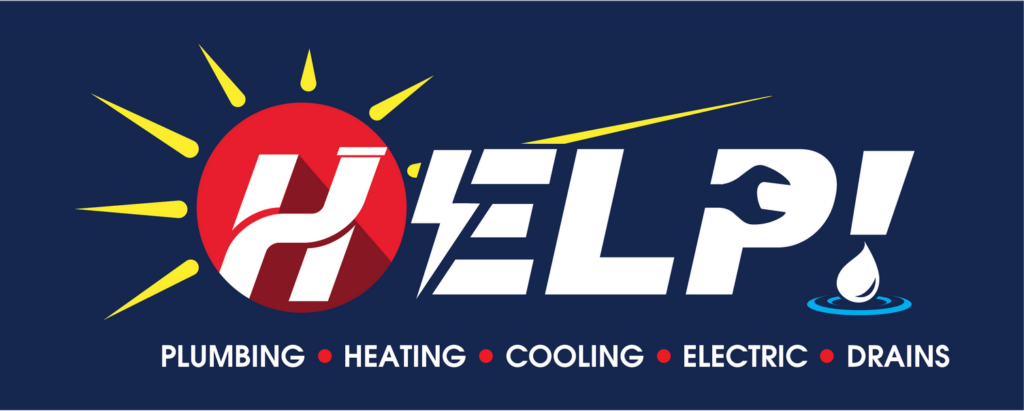
When your heat turns on, do you notice an odd chemical odor that reminds you of formaldehyde or preservatives? You may assume that something near your furnace just got too warm or that someone in your home spilled a cleaning solution, but the problem is likely much more serious.
Chemical odors coming from your furnace is likely a sign of a cracked heat exchanger — a serious furnace problem that could lead to carbon monoxide poisoning. Here’s a closer look at the dangers of cracked heat exchangers and how you should proceed if you notice the tell-tale chemical odor coming from your furnace.
What Is a Heat Exchanger?
The heat exchanger is the part of your furnace that actually heats the air that is blown through your home. Gas burns in the burner, and the heat from the flame is passed into a metal coil known as the heat exchanger. As air flows past the outside of the heat exchanger, the air becomes warm.
What Causes Heat Exchangers to Crack?
Heat exchangers sometimes crack as the result of years of regular use. If your furnace is more than 10 years old, the cracks may just be a sign of expected wear and tear.
Younger furnaces may develop cracked heat exchangers when the air flow to the furnace is limited. If many of your registers are blocked, your furnace filter is overly clogged and dirty, or your ducts have become obstructed, too much pressure may build up inside the furnace, causing the heat exchanger to crack.
Cracks are also common when a furnace is too large for the home. Over-sized furnaces turn on and off frequently, causing the heat exchanger to constantly expand and contract. This excessive expansion and contraction may eventually lead to cracks.
What Danger Does a Cracked Heat Exchanger Present?
Air that is exposed directly to the burner contains carbon monoxide and other hazardous gasses, so it should be vented out of your home. However, when your heat exchanger cracks, the contaminated air can pass through the crack and into your home’s air supply, causing the chemical odors that you’ve been noticing.
But what is most worrisome is the carbon monoxide that may be leaking into your air. Carbon monoxide is an invisible, odorless gas. When you inhale it, you may experience chest pain, confusion, weakness, and vomiting. Many people suspect that they have the flu when really they have carbon monoxide poisoning. But unlike the flu, carbon monoxide poisoning can be deadly.
What Should You Do About a Cracked Heat Exchanger?
If you suspect that your heat exchanger may be cracked, the first thing you should do is make sure you have working carbon monoxide detectors on each floor of your home. If a detector ever starts beeping, leave the house and call your HVAC company immediately. You should also seek immediate medical care if you have any symptoms of carbon monoxide poisoning.
Assuming that your carbon monoxide detectors are functioning, but not alerting you to any danger, the next thing you should do is schedule an appointment with your HVAC company. They can come inspect your furnace and determine if you do indeed have a cracked heat exchanger.
In most cases, if the heat exchanger is cracked, your HVAC company will recommend replacing the entire furnace. You can just have the heat exchanger replaced, but it is an expensive repair, and a new furnace is often the smarter investment.
If you ever notice a chemical odor coming from your furnace, do not ignore it. People die every year from carbon monoxide poisoning, and you do not want one of your family members to be next. Contact HELP Plumbing, Heating, Cooling and Drains for assistance. We’ll inspect your heating system, make the necessary repairs, and make sure your family is kept safe.


